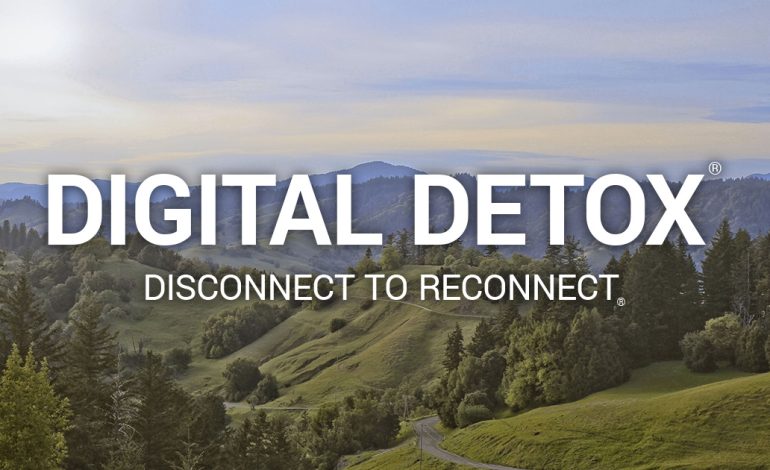Video has become an increasingly important tool for news organizations to communicate important stories and information to the public
However, the use of video in news reporting also raises ethical questions about the impact of visual imagery on viewers and the responsibility of news organizations to accurately and fairly represent events
One of the key ethical concerns when using video in news reporting is the potential for images to be misleading or taken out of context. This can occur when a video clip is edited in a way that changes the meaning of the footage or when a video is presented without important context or information. News organizations have a responsibility to ensure that the video they present accurately reflects the events and context of the situation.
Another ethical concern is the impact of graphic or violent imagery on viewers. While such images can be powerful tools for conveying the severity of a situation, they can also be traumatizing or desensitizing to viewers. News organizations need to carefully consider the impact of such imagery and make informed decisions about when and how to use it.
In addition to these concerns, the use of video in news reporting can also raise questions about privacy and consent. For example, video footage of individuals in private settings, such as their homes or places of work, can be intrusive and violate their privacy rights. News organizations need to obtain appropriate consent or blur identifying details in such cases.
Finally, the use of video in news reporting also raises questions about the responsibility of news organizations to ensure that their reporting does not perpetuate harmful stereotypes or biases. This can include the use of footage that reinforces negative stereotypes or the omission of important information that could challenge existing biases.
To address these ethical concerns, news organizations can implement clear policies and guidelines for the use of video in their reporting. This can include guidelines on editing and context, the use of graphic imagery, privacy and consent, and the avoidance of harmful stereotypes or biases. News organizations can also prioritize the use of diverse voices and perspectives in their reporting to ensure that their coverage is fair and representative.
In conclusion, the use of video in news reporting raises important ethical questions about accuracy, context, privacy, and bias. News organizations have a responsibility to carefully consider these concerns and implement clear policies and guidelines to ensure that their reporting is fair, accurate, and respectful of the rights and privacy of all individuals involved. By doing so, news organizations can use the power of video to inform and educate the public in a responsible and ethical manner.


